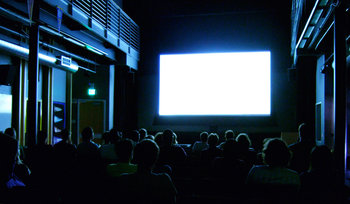
Amateur Geology | Antique Restoration / Preservation |
Architectural Modeling | Art |
Artisanal Food | Baking |
Beauty | Beekeeping |
Bicycle Repair | Bricolage |
Cake Making & Decorating | Candle Making |
Candy Making | Carpentry |
Ceramics | Chalk Art |
Cleaning / Cleaning Supplies | Coding |
Coffee Roasting & Making | Collecting / Curation |
Computers | Construction |
Cooking | Cosmetics |
Costume Design | Cottage Industry |
Craft Beverages | Crafts |
Creative Reuse | Crochet |
Cultural Items (e.g. festival costumes) | Custom Shoes |
Decluttering | Digital Media |
Dolls & Miniatures | Downcycling |
Drawing | Dressmaking |
Efficiency - More with Less | Electronics |
Embroidery | Energy Self-Sufficiency |
Entertainment Systems / Spaces | Events (e.g. weddings) |
Farming | Fashion Accessories |
Fashion Design | Filmmaking |
Flower Arrangement | Flower Growing |
Food Production | Food Self-Sufficiency |
Furniture Making | Gardening |
Glass Art | Glassmaking |
Graphic Design | Handicrafts |
Holiday Decorations | Home Decor |
Home Improvement | Home Repair |
Illustration | Immersive Experience |
Interior Decorating | Jewelry Design |
Knitting | Landscaping |
Leatherwork | Leisure Facilities (e.g. BBQ area) |
Lighting Design | Low Technology |
Machine Repair | Makeup |
Media Production | Metalworking |
Mixed Media | Mixology |
Mixtapes | Model Building |
Mods | Music Composition |
Music Publishing (e.g. record label) | Musical Instruments |
Nail Art | Office Design |
Origami | Painting |
Passive Design | Patissier |
Petcare & Pet Training | Pottery |
Printing & 3d Printing | Processes & Practices |
Product Customization | Product Design |
Product Modification | Productivity - Tools |
Publishing | Quilting |
Recreational Facilities (e.g. skating rink) | Robotics |
Scientific Research | Screen Printing |
Sculpture | Security Systems / Landscaping |
Sewing | Simple Living / Minimalism |
Sporting Goods (e.g. canoe) | Stationery |
Storage & Organization | Street Fashion |
Sustainable Living | Tactical Urbanism |
Technology Repair & Maintenance | Tool Making |
Toys | Traditional Crafts |
Upcycling | Vehicle Repair |
Visual Design | Wellness (e.g. spa) |
Woodworking |



































